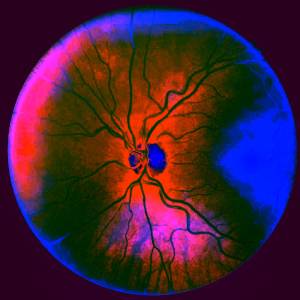The Old Forge (Tuesday 22nd January 2019)
I was very pleased to be given two pieces of original art by friends for Christmas. The Byrds drawing is from Colin West and the face is an iconic image created by Refna. Many thanks to both.
Today we've had grey skies, rain, slush and snow, which apparently settled in Marlborough but not here. I have mostly been indoors installing LED monitors to PC set-ups in the conservatory and the study.
L.
22.1.2019 (1754 hr)
Blip #2832 (#2582 + 250 archived blips taken 27.8.1960-18.3.2010)
Consecutive Blip #000
Blips/Extras In 2019 #9/265 + #005/100 Extras
Day #3225 (652 gaps from 26.3.2010)
LOTD #1974 (#1815 + 159 in archived blips)
Old Forge series
Art series
Treasure Trove series
Xmas series
Taken with Panasonic/Leica DMC-LX100 M4/3 compact
Lozarhythm Of The Day:
Fairport Convention - Nottamun Town (recorded 28 May 1968, Studio 1, 201 Piccadilly, for Top Gear/John Peel radio show on Radio One)
Nottamun Town is an old English folk song dating from the medieval period. It was brought from England to North America during the early colonial era and was collected by Cecil Sharp in 1917.
Two versions are included in Sharp's authorative English Folk-Songs from the Southern Appalachians. The surreal nature of the text is thought to refer to The Feast of Fools, during which time power was briefly conferred on those in a lowly position, so that the Fool could take his revenge, the cat chased the hounds and the servant beat his masters.
When Alan Lomax recorded Jean Ritchie performing the song on 5 May 1949 at his apartment on 3rd Street in Greenwich Village NY she described it as "a piece of folksong surrealism." "Ten thousand stood around me, and yet I's alone...." The family could trace their knowledge of the song back to Crockett Ritchie; according to their Uncle Jason, "'hit's might neart sure to be about Nottingham in Old England.'
According to a letter from Jean Ritchie to Roger McGuinn (published in the booklet included with McGuinn's CD, Treasures From the Folk Den), Sharp first heard the song from Ritchie's sister, Una, at the Hindman Settlement School in Knott County KY.
"The Ritchie children liked to sing this hauntingly mysterious song on summer evenings. When she grew up and visited England, Jean Ritchie learned that it probably accompanied an old English mummer's ritual: "during . . . which the actors - local village lads all - would turn their clothing inside out and blacken or mask their faces so as not to be recognized by their neighbors."
The lyrics "painted topsy-turvy, upside-down-and-backward images", because, 'if 'twas understood, then the good luck and the magic be lost.'" -Folk Songs of the Southern Appalachians As Sung by Jean Ritchie.
Bob Dylan was influenced by the song's fantastical images but borrowed the tune wholesale for his Masters of War.
Fairport Convention probably came across the song in the 1965 recording by Davy Graham with Shirley Collins (who would have known of it via Alan Lomax) and the 1966 version by Bert Jansch. They recorded it for their second album, What We Did On Our Holidays, recorded between April and August 1968, but that is quite a restrained version compared to this John Peel version, where the brief guitar and tabla interlude is extended into a lengthy Eastern-style break with sitar-like guitar (Richard Thompson), tablas (Martin Lamble) and violin (Simon Nicol), which also replaces the final vocal section.
I was reminded of this excellent version when Steve Lamacq played it on 6 Music during the week.
One year ago:
Curzon Street Cemetery

Comments
Sign in or get an account to comment.


